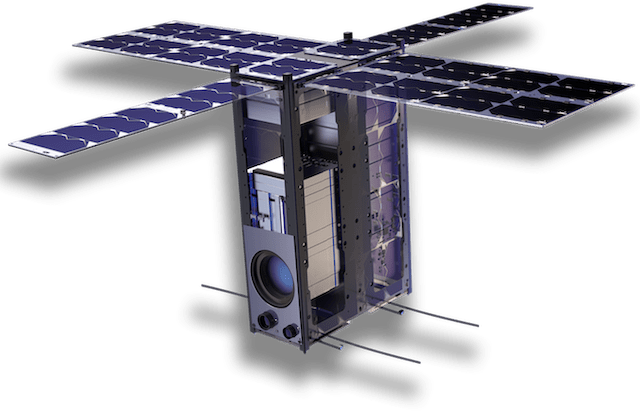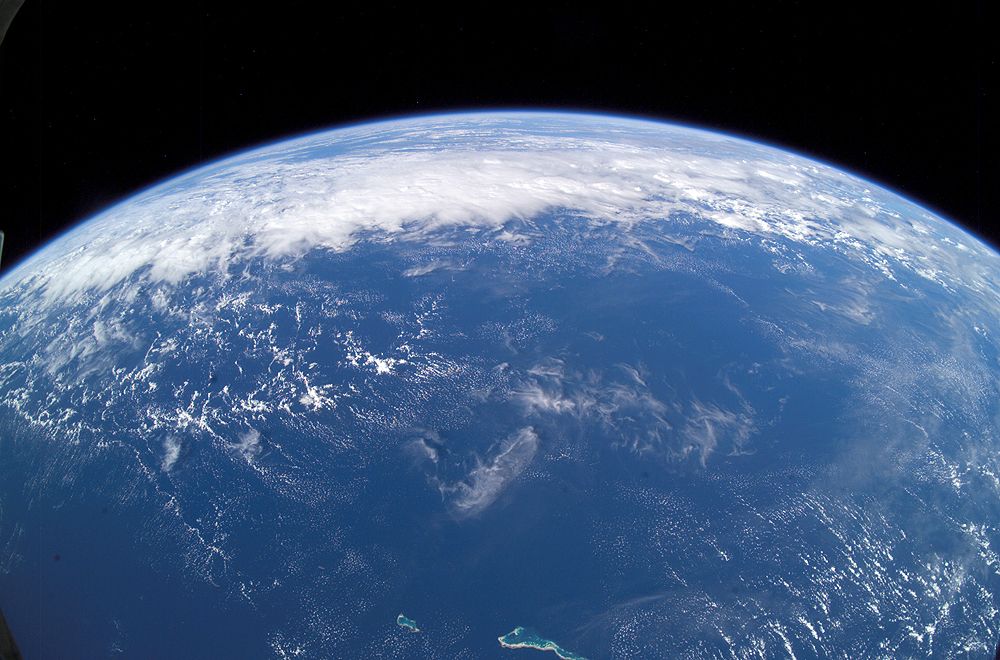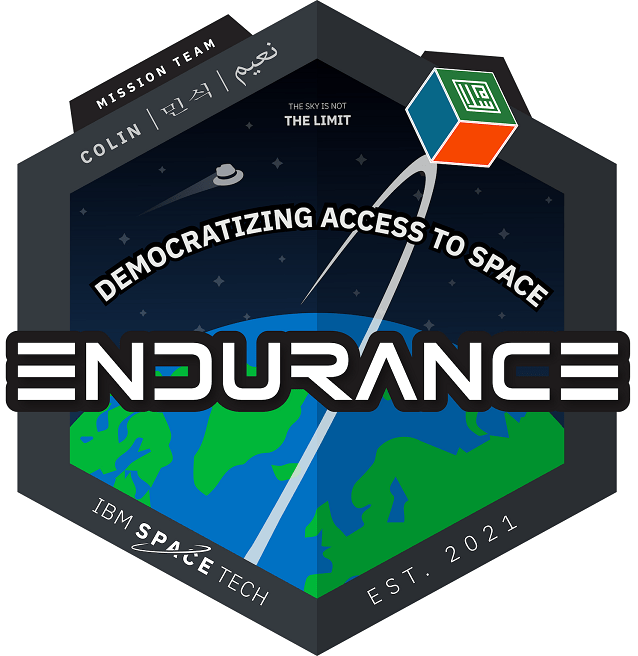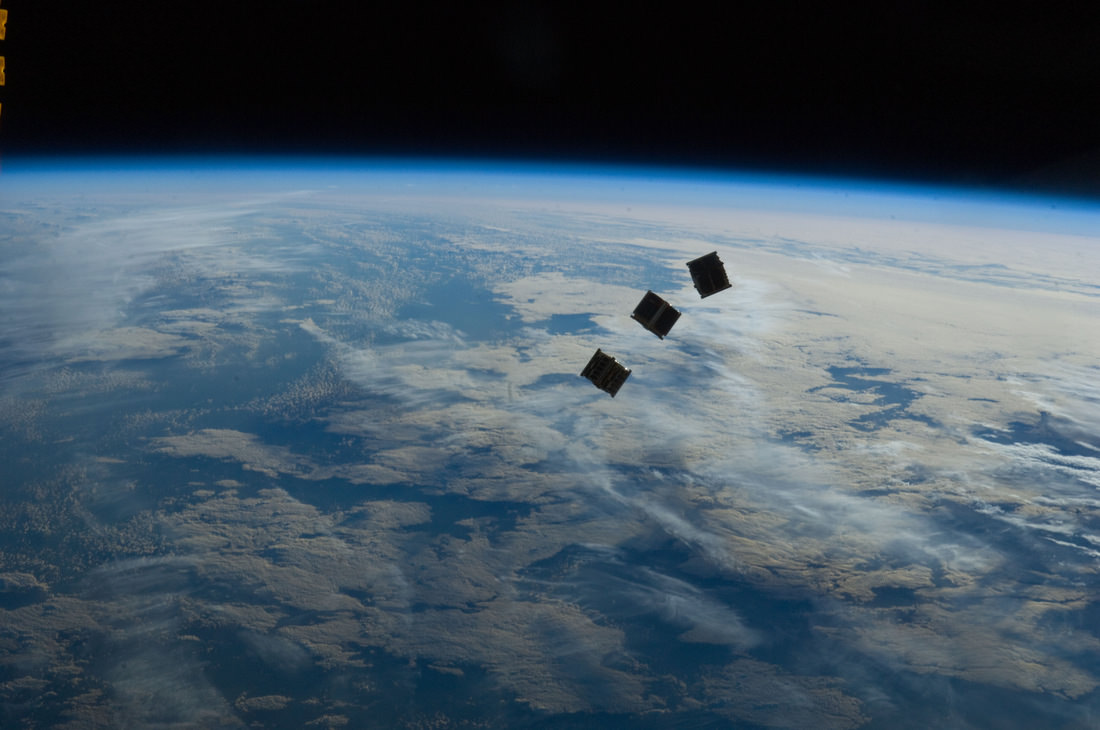Between the rise of the commercial space industry and the proliferation of agencies and programs, it is clear that we live in a new space age. A cornerstone of this new age is how reusable rockets, small satellite technology, and other advances are reducing the cost of launching payloads to orbit. This, in turn, increases access to space and allows more people and organizations to participate in lucrative research.
In January of 2020, IBM chose to build on its many years of working with the space sector by launching its own commercial space venture known as IBM Space Tech. In early 2022, IBM Space Tech will be launching its first CubeSat space mission, named ENDURANCE, to Low Earth Orbit (LEO). By leveraging IBM/Red Hat software and the IBM Cloud, this CubeSat will give students all over the world access to space!
The mission lead for ENDURANCE is Naeem Altaf, the Chief Technical Officer of IBM Space Tech and a space industry veteran. After many years of working with space agencies (like NASA and the ESA) and the commercial space sector, Naeem is well-acquainted with the challenges of gaining access to space. Considering that this all took place in the developed world, Naeem was concerned about how much harder it must be for people in the developing world.

Unfortunately, this has been the trend since the beginning of the Space Age, where only space agencies, developed nations, and the super-wealthy have enjoyed access. Hoping to change that paradigm, Naeem and his colleagues at IBM Space Tech began looking for ways to streamline the process for obtaining access to space. Specifically, they wanted to make the wonders of space available to school-aged children all around the world. ENDURANCE
The result of this was ENDURANCE, a program that combines IBM’s Edge Computing in Space (powered by IBM/Red Hat MicroShift project)and CubeSat technology by Bulgarian satellite company EnduroSat. By leveraging this technology and expertise, ENDURANCE will allow students to interact directly with small satellites in Low Earth Orbit (LEO). As Naeem explained to Universe Today via email:
“The ENDURANCE CubeSat mission is about making space accessible to everyone on this planet. In other words, Democratizing Access to Space. Our vision and goal for this mission were simple: How can we streamline the process for getting school-aged children to access to the wonders of space – in order to inspire the next generation of future space explorers and leaders.”
The process is simple. Once operational, children from the most remote, rural areas in any part of the world (individually or as part of a class) can write code in Python language, then upload it to the ENDURANCE Portal on IBM Cloud. After the automated system scans the code to ensure there is no trace of anything malicious, the code will be sent to a ground station and uploaded to the satellite on the next pass. As Naeem described:
“Users will be able to access the portal on IBM Cloud to submit their code. Once the code is validated, it will get pushed to the CubeSat. It will go and execute the program. The results will get pushed to the ground station and then on to IBM Cloud, and we will notify users about their results.”

By creating their own code, users will be able to perform a number of operations and get the results back via ground stations and the IBM Cloud. This includes obtaining data from the satellite’s magnetometer, Sun sensors, or the satellite’s voltage, temperature, and other telemetry data. According to Naeem, the most popular operation is likely to be the ability to take pictures using the CubeSat’s camera.
Basically, children will be able to schedule image captures for when the satellite passes over a specific part of Earth. This will allow them to see what a Sunrise, Sunset, storms and weather patterns, or their town or the rural area in which they live looks like from space. In addition, they will be able to see what forest fires, tropical storms, shrinking ice sheets, flooding, and shrinking coastlines look like from space.
This is another aspect of the ENDURANCE mission, which is to raise awareness about global issues like Climate Change and our planet’s health. By seeing from Earth from space, students will be able to get a taste of the Overview Effect and see just how connected everything on our planet is. Looking ahead, Naeem and his colleagues hope to augment the experience with the addition of many more features.
Some examples include Natural Language Processing (NLP), which would allow users to go engage with virtual assistants (like a chatbot) and take advantage of speech-to-text /text-to-speech software to facilitate communication with the satellite itself. This might consist of asking the satellite where it is over Earth – “Hey, ENDURANCE! Where are you now?” “Hello! I am currently over South America enjoying a view of the Andes.”

“In the future, we can look towards building a metaverse for the CubeSat Operations center, create hackathons, etc. As we say, ‘The Sky is Not the Limit!'” said Naeem. The hackathon idea is consistent with IBM P-TECH, a public-education model that teaches coding and other STEM-related skills to high school students from developing nations and “underserved backgrounds.” Currently, P-TECH serves over 100 schools all around the world.
“I’m proud to have this opportunity to help inspire a sense of inspiration, hope, confidence, and accomplishment in this younger generation of Space leaders,” Naeem added. “I believe experiencing Space in this way will be priceless for many students and children and will open doors for innovation beyond our wildest imagination.”
Those interested in supporting the mission are encouraged to visit the ENDURANCE website and click on the tab marked “JOIN MISSION.” In addition to getting a Boarding Pass and a Mission Patch (shown above), those who join will also have their name sent to space aboard the ENDURANCE CubeSat.
Further Reading: Endurance in Space

